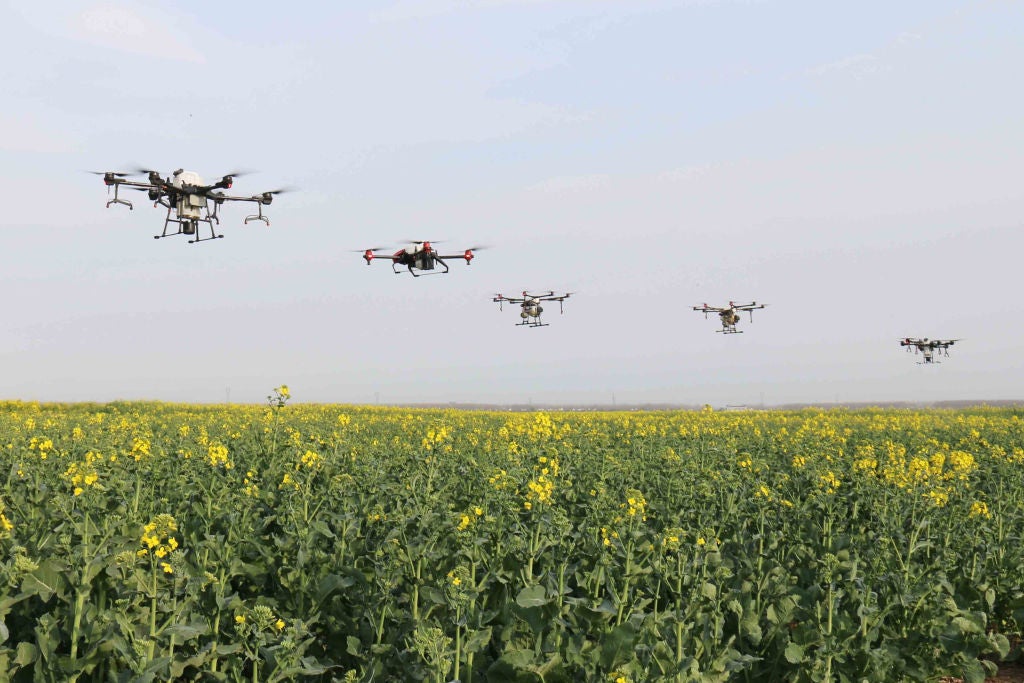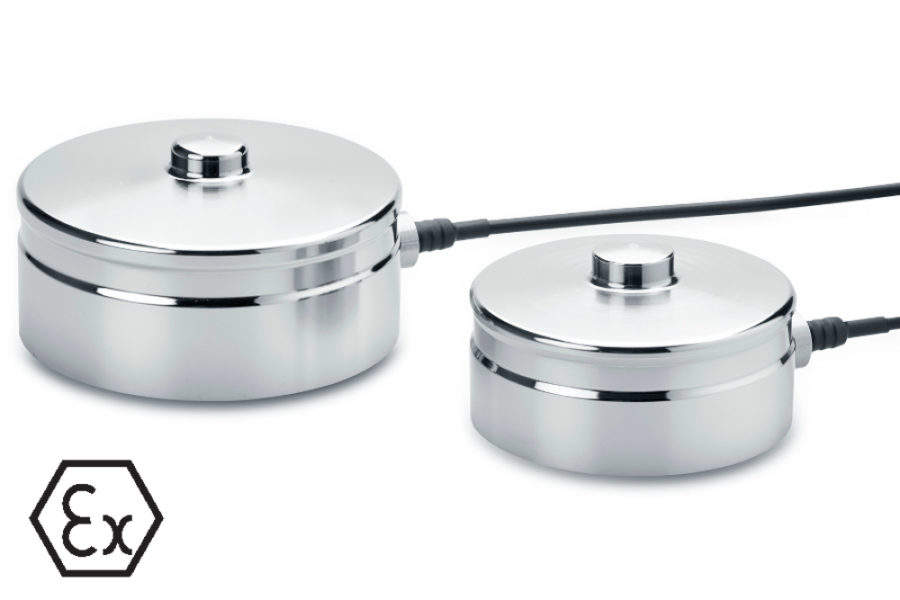
The Covid-19 pandemic brought to light the vulnerability of global supply chains, including the distribution of agricultural and food products. Then, in 2022, the Russian invasion of Ukraine tested the limits of the world’s food system.
An answer to these problems comes in the form of agricultural technology, or agritech, which strives to make the system more efficient and streamlined through the application of a wide array of technologies, from the usage of AI to drones and robotics.
Over the past ten years, venture capital investment in the agritech sector has grown consistently, as the chart above shows. In 2020, investment in agritech increased by 45.8% to US$7bn, up from $4.8bn in 2019. Then, in 2021, it increased by 61.4% to $11.3bn, representing a peak in the investment, and considerably higher than the $600m in 2012.
Decrease in agritech investment expected in 2022
However, a decrease in agritech investment volumes is expected to occur in 2022, according to Kiran Raj, practice head at GlobalData. “By far, 2021 has been the strongest year for agritech investments. However, 2022 is on track to decline by about one-third, given the general slowdown in deal activity.”
According to PitchBook data, investment in agritech venture capital had reached $5.7bn by 7 July 2022, leaving a lot of catching up to do on 2021’s final figure.
When it comes to investment on a regional level, the Americas has consistently attracted the bulk of activity. From 2012 to July 2022, about 72.8% of agritech deals took place on the American continent.
Over the past few years, however, Asia-Pacific and Europe have started to invest more in agritech. Meanwhile, the proportion of global deals taking place in the Middle East has gone from 1% in 2021 to 4% so far in 2022. For Africa, it has gone from zero in 2021 to 6% so far in 2022.
“Over the past five years, the US has dominated in attracting funding in the sector, followed by Asia and Europe,” says Raj. “In terms of countries, China, India, Germany, France and the UK have been top funding destinations after the US.”
As the above chart shows, the largest deals in terms of size took place mainly in the US between 2012 and 2022, with the likes of Plant Ag and Indigo Ag leading the way.
Plant Ag is the developer of a retail platform designed to supply fresh vegetables and fruits faster. The company digitalises the fresh produce supply chain, which means a longer shelf life for the products.
Indigo Ag is a US-based company that works with plant microbes, aiming to improve yields of cotton, wheat, corn, soybeans and rice. It also provides crop storage and other logistics for farmers.
Agritech’s appetite for disruption
Sector-wise and at the broad technology level, funding in agriculture has been directed towards AI, robotics, advanced materials, Big Data and the Internet of Things, according to Raj.
“Across these tech areas, at a more granular level, at GlobalData we think the most disruptive emerging innovation areas in agriculture will be AI-augmented visualisation, cell biomarkers, agridrones, genome sequence libraries and robotics in material handling,” he adds.
PitchBook data shows that, by value and over the 2012–22 period, investment in agricultural biotech received the largest amount of funding, with a total of $14.9bn over the period, followed by investment in finance and e-commerce with $7.4bn.
However, investment in the other categories analysed by PitchBook – animal agriculture, indoor farming and precision agriculture – have also seen consistent growth over the period, as shown in the chart below.
With the exception of animal agriculture, which saw a small decrease in 2020 to $570m from $760m in 2019, all areas of argitech have witnessed an overall increase in investment.
Furthermore, in a press release shared by GlobalData, Vaibhav Gundre, a senior consultant at the company, stated that “exploring new varieties and discovering novel genetic features using innovative agricultural concepts are seen as a growing trend”.
“The combination of technologies such as sensors, computer vision, AI and human-machine interface enables the prediction of crop yield and performance as well as performing weed and pest control processes,” he added.
Technologies such as these can provide a lifeline to the currently strained food system. With food prices rising faster than ever before and food insecurity increasing, agritech has the potential to bring solutions to mitigate some of the effects and create efficient food systems across the world.


